Hey there! Ever wonder what happens when you throw your veggies into that whirly-blendy machine thing? You know, the one that makes that noise like an alien spaceship taking off? Well, you’re in the right place if you’ve been pondering whether blending those leafy greens and juicy carrots makes them less nutritious.
I am here to peel away the mysteries and spill the beans on whether blending vegetables destroys all that good stuff your body craves.
Quick Answer: Nope, blending vegetables doesn’t destroy the good stuff like nutrients and fiber. They might get a little mixed up, but they’re still there, ready to do their healthy thing when you take a sip. So, feel free to blend away without worry!
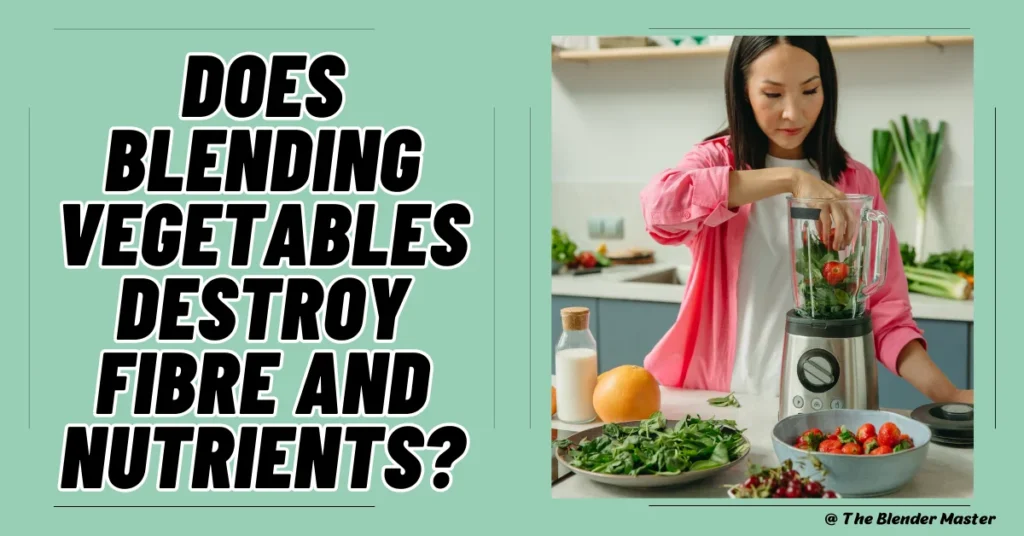
Nutrient Retention in Blended Vegetables
Let’s take a close look at what really goes down when you blend your veggies. I’m keeping it real and down-to-earth.
- The Nutrient Tango: Picture this: your veggies enter the blender, and they start a merry dance. But here’s the scoop – most of those essential vitamins and minerals, like vitamin C and potassium, are not breakable like glass ornaments. They can handle the blender’s whirl without crashing into pieces. So, your blender isn’t a nutrient nemesis; it’s more like a friendly partner in the nutrient preservation tango.
- Timing is Everything: Now, let’s talk about time. The longer your veggies twirl around in the blender, the more they risk a slow decline in their nutrient levels. It’s not magic – it’s just that the exposure to air and light during blending can lead to a gradual nutrient loss. Think of it as leaving your fruit out in the open; it won’t disappear, but it won’t stay as fresh. So, the key is to keep your blending time in check – just enough to reach that smooth consistency without turning your nutritious veggies into nutrient ghosts.
Remember, it’s all about finding the right balance. Don’t let your blender create a nutrient mystery. Keep it snappy, and enjoy those nutrient-packed delights!
RECOMMENDED READING: Does Blending Fruit Destroy Fibre And Nutrients?
Fibre Content in Blended Vegetables
Now, I’m peeling back the layers to understand what happens to the fiber in our vegetables when they take a spin in the blender.
- The Fiber Fact: So, when we blend our veggies, the fiber is in the spotlight. Fiber is like nature’s broom, helping to keep our digestive system tidy. But here’s the deal – the blender doesn’t sweep it all away. It chops up the fiber into smaller pieces, but it doesn’t make it disappear. Your blender isn’t a fiber ninja; it’s more of a fiber handyman, breaking things down into manageable bits.
- Fiber’s Friend: Pulp: Each time you blend the veggies, you typically wind up with some pulpy flavor. What about that pulp? Yep, it’s fiber’s sidekick. It’s like the loyal dog that’s always there, even during the blending party. So, you’re not losing fiber; you’re just changing its form. It’s still there, ready to help with digestion and keep things moving smoothly in your tummy.
In a nutshell, my blending buddies, you’re not losing out on fiber when you blend your veggies. It might look different, but it’s still there, doing its job to keep you feeling good and healthy. Cheers to fiber and blended veggie adventures!
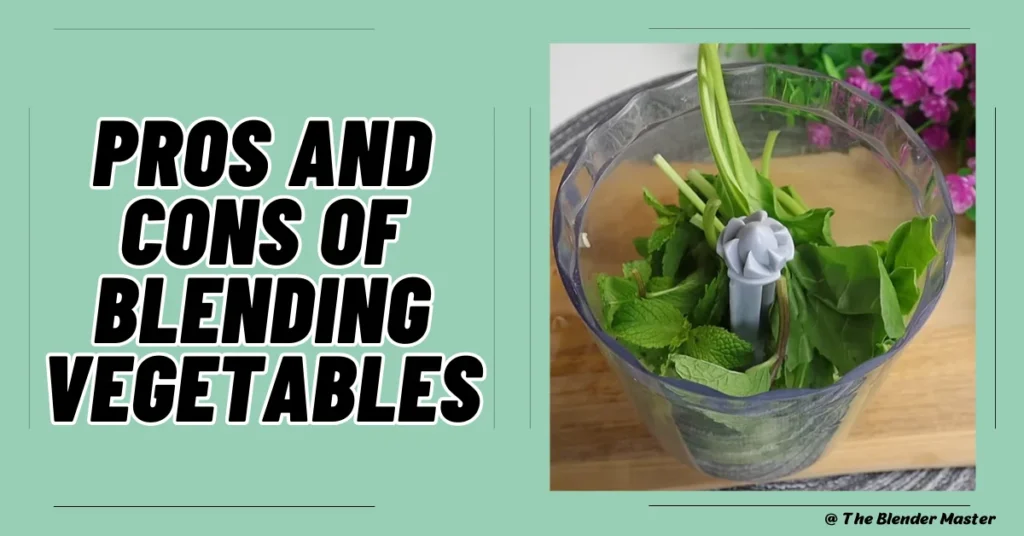
Pros and Cons of Blending Vegetables
Let’s have a heart-to-heart about the upsides and the not-so-upsides of turning those veggies into a delightful blend.
Pros
Cons
RECOMMENDED READING: Can Your Blender Handle Frozen Fruit?
Tips for Maximizing Nutrient Retention When Blending
Now that we’ve uncovered the puzzles of blending, let’s dive into some handy tips for making sure you get the most nutrients out of your veggie blends. There is no complicated talk here, just straightforward and friendly advice.
- Quick Blending, Brighter Nutrition: Remember, time is of the essence. The longer you blend, the more nutrients might decide to take a back seat. So, blend just enough to get that smooth texture. It’s like a speed date for your veggies – keep it short and sweet.
- Pulp Power: Don’t ditch the pulp! When you blend your veggies, you often get some fibrous goodness in there. That pulp? It’s your fiber friend. Leave it in your blend; it’s like adding extra fiber to your meal.
- Fresh is Best: Use fresh veggies whenever you can. The fresher, the better. Fresh veggies pack a bigger nutritional punch compared to their less-fresh counterparts. It’s like bringing out the A-team for your health.
- Keep It Cool: Blend in a cool environment. Heat can sometimes mess with the nutrient party. So, keep it chill in the kitchen while you blend.
- Enjoy Promptly: Once your blend is ready, don’t dilly-dally. Enjoy it soon after blending to get the most out of those nutrients. Fresh is where the magic happens!
So there you have it, my blending buddies. With these tips, you can maximize the nutritional goodness of your blends and keep those veggies at the top of their game. Happy blending and sipping!
Wrapping It Up: Blending’s Effect on Nutrients and Fiber on Vegetables
Well, friends, we’ve taken quite the journey through the world of blending, nutrients, and fiber. It’s time to bring it all together and reflect on what we’ve discovered.
We learned that blending is like a nutrient-friendly dance party for your veggies. Most nutrients survive the blender’s spin, and they’re still there to nourish our bodies. And fiber? It doesn’t disappear either; it just gets a little makeover.
But there’s a catch – time matters. The longer your veggies blend, the more they might lose some of their nutritional shine. It’s like leaving a sandwich out in the sun – it won’t vanish, but it won’t taste as fresh.
So, my fellow blending enthusiasts, what’s the verdict? Blending is a great way to enjoy your veggies and make them easier to digest. It’s a fantastic option for upping your veggie intake. Just remember to blend quickly, keep the pulp, use fresh veggies, blend in a cool environment, and enjoy your creation promptly. This way, you can have your smooth blend and your nutrients, too. Cheers to blending and all the tasty, nutritious creations it brings into our lives!

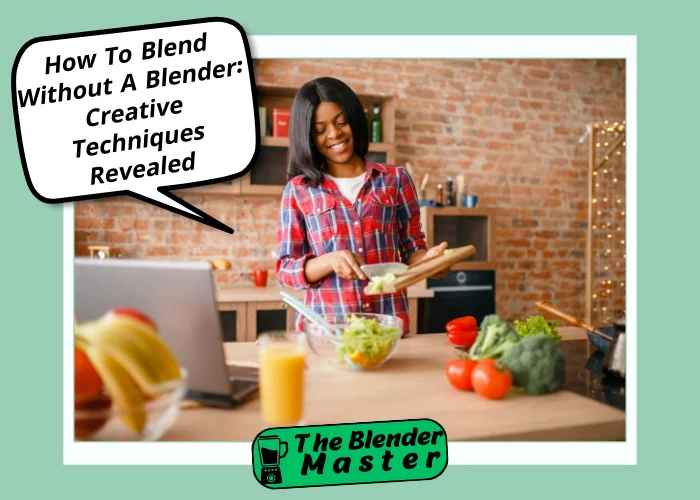
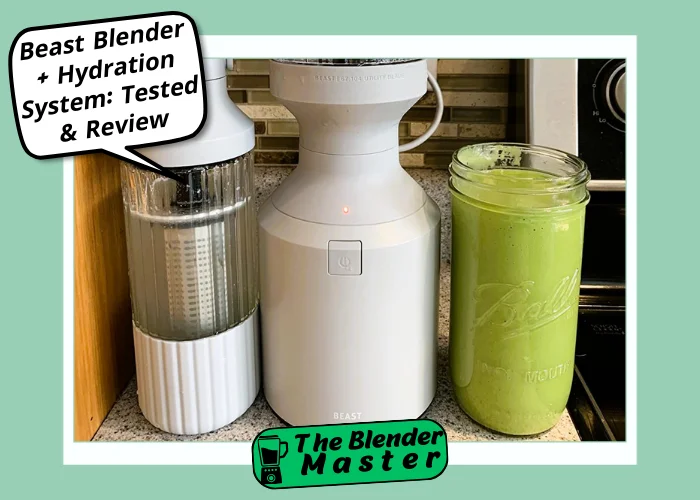
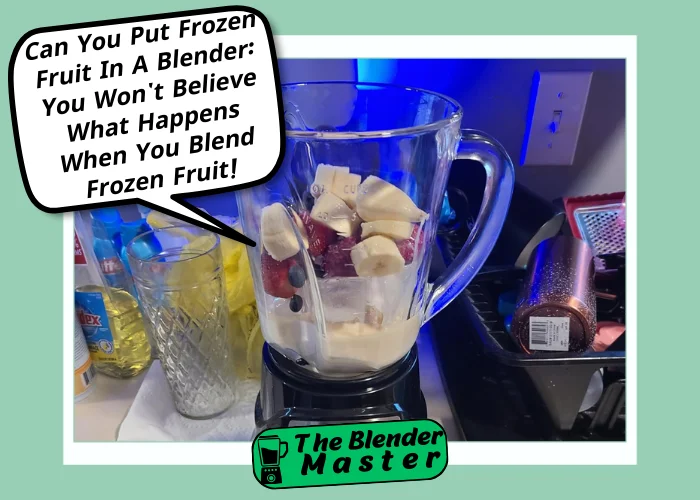
Leave a Reply